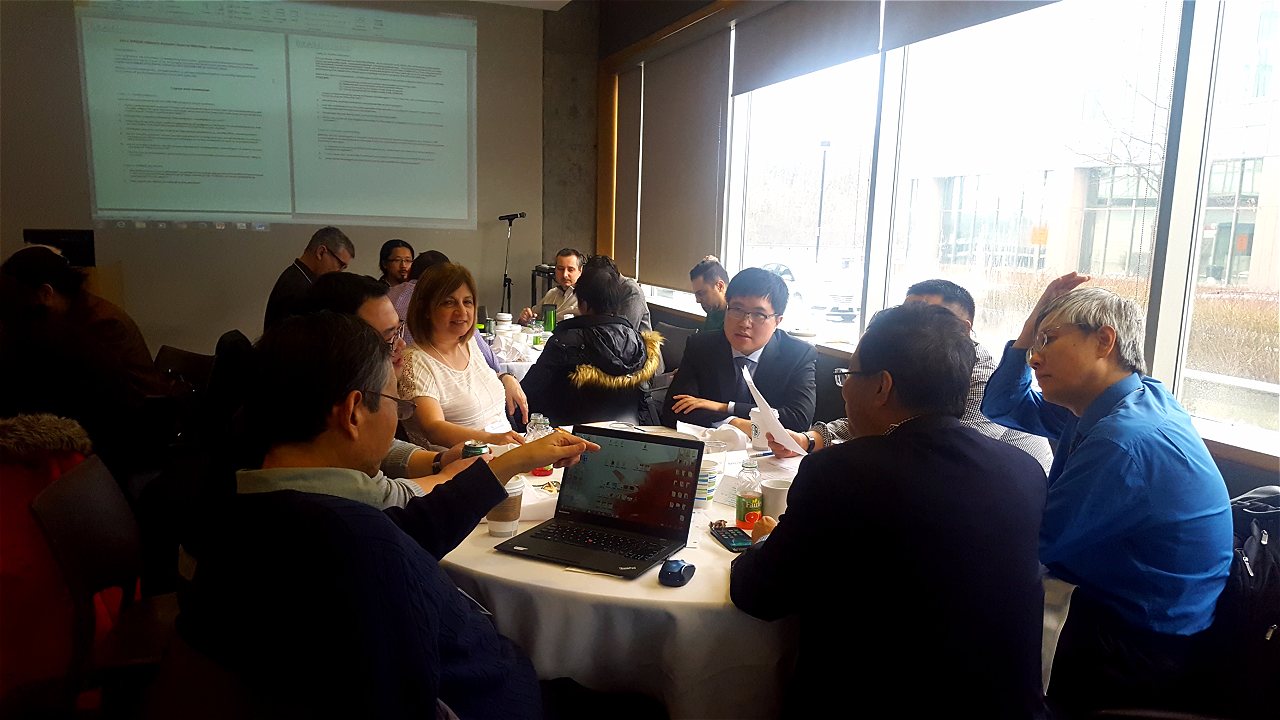Abdeali Saherwala | Staff Writer
Featured image: Dr. Nick Cercone and Aijun An’s BRAIN bridges gap between Ontario university’s networks. | Courtesy of YFile
The Big Data Research, Analytics, and Information Network (BRAIN) was created by Dr. Nick Cercone, a former York professor now deceased, with a vision to expand informational exchange among all Ontario universities.
Cercone had the intent to close the informational and innovative gap among Ontario universities. From this, he developed the BRAIN, which was later completed by Aijun An, a co-principal investigator (PI) of the project and York professor.
“The BRAIN was approved in March 2015, and started right after its approval. Nick did an excellent job to kick off the BRAIN, before his unfortunate passing in December 2015. I took over as the BRAIN co-PI since then,” says An.
This project was completed with the support of Laura Zeno, a member of the BRAIN Executive committee, along with another 20 co-investigators. The purpose of this project is to create a network between Ontario’s universities with the support of research partners to organize translational research on large-scale data sets.
BRAIN was financially supported by participating universities such as York, OCAD, Ryerson, and U of T. Additionally, financial investments were made by both public and private partners.
Furthermore, the Ontario Research Fund – Research Excellence Grant (ORF-RE) was awarded to this project. Total investments of $10 million came from the ORF, investing partners, and participating universities.
“BRAIN is funded by an ORF-RE. Winning the grant was a competitive process,” says An.
Private and public partners of the BRAIN are wide-ranging, from media entities to technological corporations. Private partners include: The Globe and Mail, the Shore Consulting Group, nlogic, the MDA Corporation, Manifold Data Mining Inc., iNago, IBM, GestureTek, the Fuseforward Solutions Group, Empress Software Inc., Dapasoft Inc., and Applied Recognition. The BRAIN’s public partners include: St. Michael’s Hospital, the Public Health Agency of Canada, and the Ontario Brain Institute.
“Lassonde and York helped review the BRAIN’s proposal and application, facilitated the transition of the PI, and also provided teaching release for me, so that I could have more time on managing the BRAIN and its subprojects,” says An.
“Of course, Lassonde and my department provided lab space, computing facilities, and technical administration of our equipment for the BRAIN.”
The BRAIN’s successes includes 93 highly qualified personnel, 19 prototypes developed, four patents in progress, 15 inventions disclosed, 95 papers written, and 43 presentations at conferences, symposia, or workshops.
“The BRAIN is halfway through its duration. The Grant started in April 2015 and will end in March 2020. We have been able to make impacts on the partners that we are working with and on the training of highly qualified personnel (for example, students and post-doctorates),” adds An.
Both public and private entities contribute data to the BRAIN.


